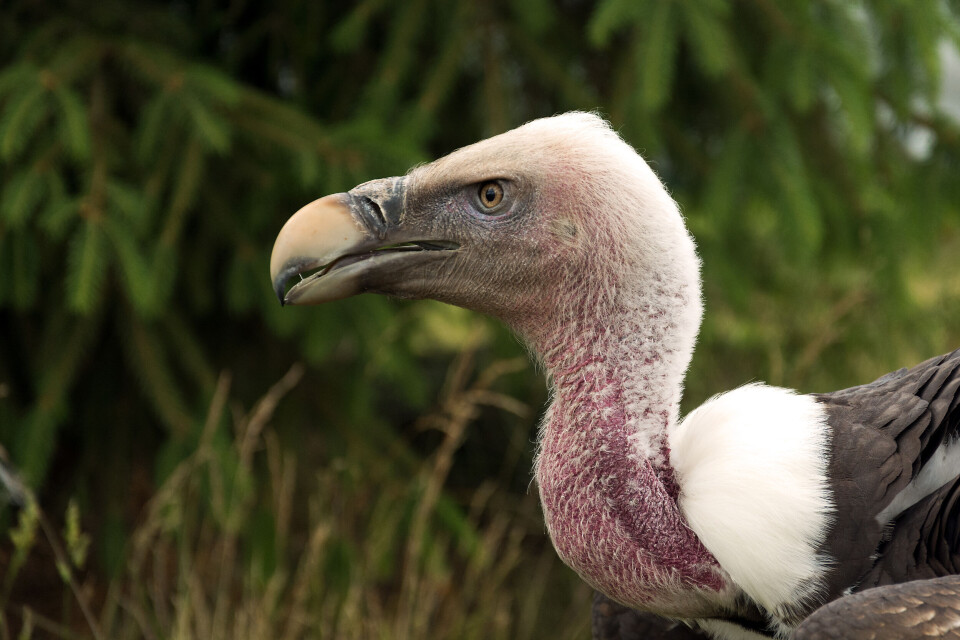-
French home energy bills to rise in 2026
Household electricity and gas bills will increase by around €50 per year
-
Social charges on UK government pensions: France residents report progress
Issue now drawing attention at the highest levels
-
Good news for many micro-entrepreneurs in France: plans to lower VAT threshold rejected by Senate
Vote reverses proposal to lower tax exemption thresholds for self-employed workers
Vulture saved from busy roadside in south west France
The bird of prey was spotted by several drivers, leading gendarmerie to mount a rescue with help from a local falconer

Gendarmerie in the south of France have saved a wild vulture from a busy road after drivers noticed the large bird perched on the side of the route.
The gendarmerie in Lot, Occitanie, shut the departmental 820 after the rarely-sighted bird was reported by several road users.
Just after 13:00, gendarmerie successfully rescued the vulture, with assistance from the biodiversity office l'Office français de la biodiversité (O.F.D).
It was caught and cared for by a falconer from the bird of prey park Le Rocher des Aigles in Rocamadour. The vulture is reported to be in good health and was unharmed from his roadside adventure.
Vultures are a bird of prey, and they usually scavenge on carrion.
In some cultures, they are also used to scavenge on dead human flesh as a type of burial ritual, and their flying style means they can sometimes seem to appear out of nowhere, which has led to them being seen as menacing in some parts of the world.
Indeed, a group of feeding vultures is known as a ‘wake’ (while a group in flight is called a ‘kettle’).
Vultures have made a comeback in France in recent years, after the species was thought to be extinct between 1940 and the late 1960s, after being persecuted by hunters and farmers who left out poisoned bait for them.
After a successful reintroduction campaign, there are now around 2,000 breeding couples of griffon vultures (vautour fauve; the most common type in France) in the Pyrenees, the Massif Central and Alps.
Their wingspan can reach more than two-and-a-half metres, and they can fly as high as 2,000-3,000 metres in Europe.
Related stories
Diary of a birdwatcher in France: Vultures
Griffon vultures no longer in danger of extinction in France























